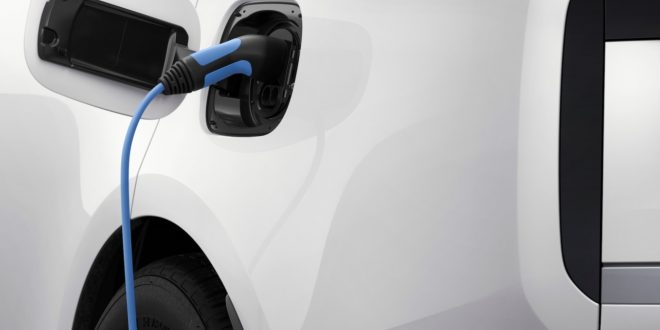If you put solar panels on your roof, you should also add batteries for power outages. Even if you don’t create power, a storage system may be beneficial. That way, you may charge the batteries while power is cheap and use that stored energy when electricity is sky-high and the temperatures is rising like a summertime rave party with the bass just dropped.
For a distributed power strategy, everyone should have local power storage. But, homeowners without solar, wind, or hydroelectric electricity are unlikely to buy massive powerwalls.
The California Senate is considering a plan to streamline V2G (vehicle-to-grid) charging using the massive battery packs in electric vehicles.
V2G has great potential: California has 1 million plug-in electric automobiles. If we foolishly assume that all of them are Nissan Leaf EVs with a 50 kWh battery pack held at 50% charge and that they all volunteer to supply power to the grid until 20%, we would have 15 kWh per vehicle, times a million.
That powers over 600,000 houses for a day (assuming average usage of 715 kWh per month). Asking individuals to consume less power could greatly lengthen that timeframe (not run the AC, etc.).
Reality is always a pain: 600,000 homes make about 4% of California households, while the worst power outage in the region affected 2.5 million. V2G will not end power management debates. With California’s semi-regular power disruptions, which are mainly caused by wildfires or harsh weather, a distributed power plan for households, towns, or the grid may be worth pursuing.
Let’s discuss V2G charging’s issues and why the California Senate may want to get involved.
V2G charging has been criticized. Some believe that vehicle warranties are represented in miles traveled and utilizing the vehicle batteries for anything other than propulsion could cause issues. Used car sales are similar. You wouldn’t anticipate a Tesla with 20,000 miles to have powered a home 50% of the time and have batteries that are far poorer than their mileage would indicate.
 Tech Gadget Central Latest Tech News and Reviews
Tech Gadget Central Latest Tech News and Reviews




